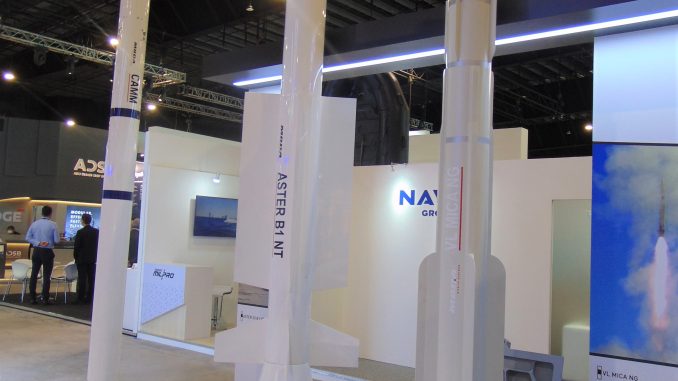
SHAH ALAM: RMAF units in Kuching and Kota Samarahan, Sarawak conducted an air defence simulation exercise for four days from Sept 4 to Sept 8. The exercise involved units based at the Kuching airbase and Kota Samarahan which is the headquarters of Skuadron 330 which control the nearby Thales air surveillance radar.
Release from RMAF:
MAJLIS PEMBUKAAN AIR DEFENCE SIMULATION EXERCISE (ADSIMEX) SIRI 6/2023
KOTA SAMARAHAN, 4 Sep 23 – Kol Baharin bin Mohamad TUDM, Komander Pangkalan Udara Kuching telah merasmikan pembukaan “Air Defence Simulation Exercise” (ADSIMEX) Siri 6/2023 bertempat di Atrium Kanang, Skuadron 330. Majlis pembukaan yang melibatkan semua peserta eksesais di CRC 2 juga turut disertai peserta eksesais dari “Regional Air Operation Centre 2” (RAOC 2) dan CRC 1 melalui sidang video.
ADSIMEX yang berkonsepkan Peperangan Konvensional (Conventional Warfare) ini bermula 4 Sep Hingga 8 Sep 23. Eksesais ini juga merupakan Eksesais tahunan bagi menguji serta memfokuskan keboleh upayaan CRC 1 serta CRC 2 dalam melaksanakan pengawasan ruang angkasa serta penugasan pesawat bagi menangani konflik mengikut senario eksesais yang telah digarapkan oleh pihak EXCON berdasarkan isu semasa di Wilayah Udara 2.
Skuadron 330 TUDM Kompleks CRC 2 Kota Samarahan telah dipertanggungjawabkan sepenuhnya terhadap aspek pelaksanaan ADSIMEX Siri 6/2023 dengan keanggotaan dibantu oleh CRC 1, unit-unit Skuadron Pertahanan Udara, Skuadron GBAD, wakil dari skn penerbangan pesawat pejuang, pesawat angkut, pesawat helikopter serta wakil dari pihak TLDM. Ini secara tidak langsung dapat membuka ruang kepada percambahan idea di kalangan setiap peserta eksesais. MPOU-A7 bertindak sebagai Sekretariat bagi perancangan dan koordinasi pelaksanaan manakala MPOU-JKO bertindak sebagai Tim Penilai yang akan membuat penilaian keseluruhan eksesais.
Komander Pangkalan dalam ucapannya menegaskan kepada semua peserta eksesais agar mengambil peluang yang sepenuhnya di dalam eksesais ini bagi mengenalpasti jurang yang ada dari segi keupayaan aset, prosidur dan doktrin serta mengenalpasti penambahbaikan yang boleh dibuat di masa akan datang. Beliau juga berharap agar eksesais ini dapat meningkatkan tahap kecekapan warga Kawal dan Lapor amnya dan TUDM khasnya dalam melaksanakan apa jua penugasan dengan penuh dedikasi serta efisyen.
Sebagai simbolik pembukaan Eksesais ADSIMEX kali ini, Lt Kol Stanlee Sullau TUDM selaku Exercise Director telah memakaikan lencana eksesais kepada Kol Baharin bin Mohamad TUDM, Komander Pangkalan Udara Kuching, Kol Mohd Azwan bin Pohari TUDM, Pengarah Kesiagaan Operasi dan Lt Kol Zainal Abidin bin Yahia@Yahaya TUDM, Pegawai Memerintah Skn 330 TUDM.
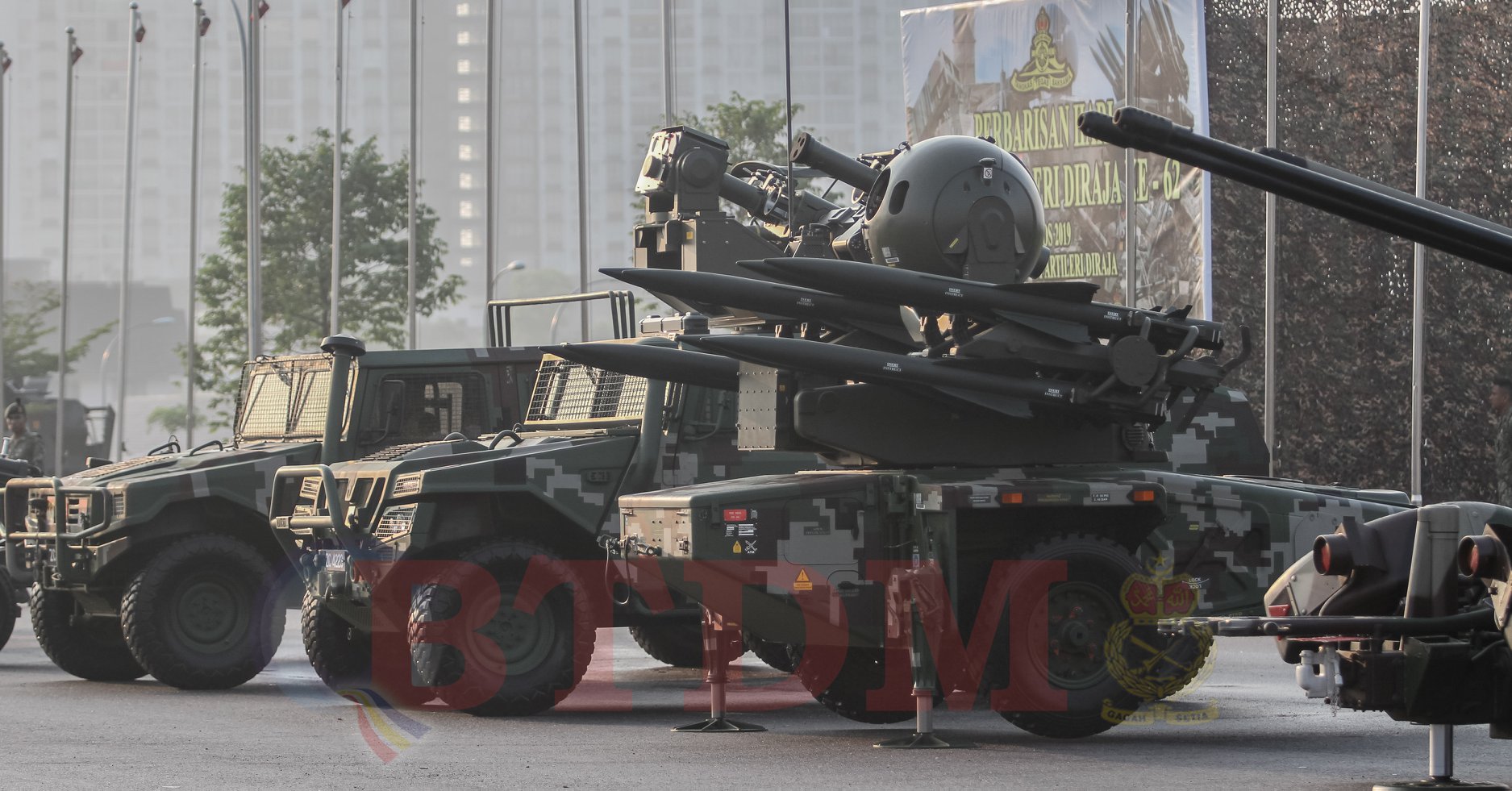
From the release we know that a ground based air defence squadron – likely armed with Thales Starstreak SHORAD system – was involved in the exercise. It must be noted that the Thales GM400 radar controlled by Skuadron 330 and future ones at Labuan and Bintulu are capable of controlling and reporting long range air targets.
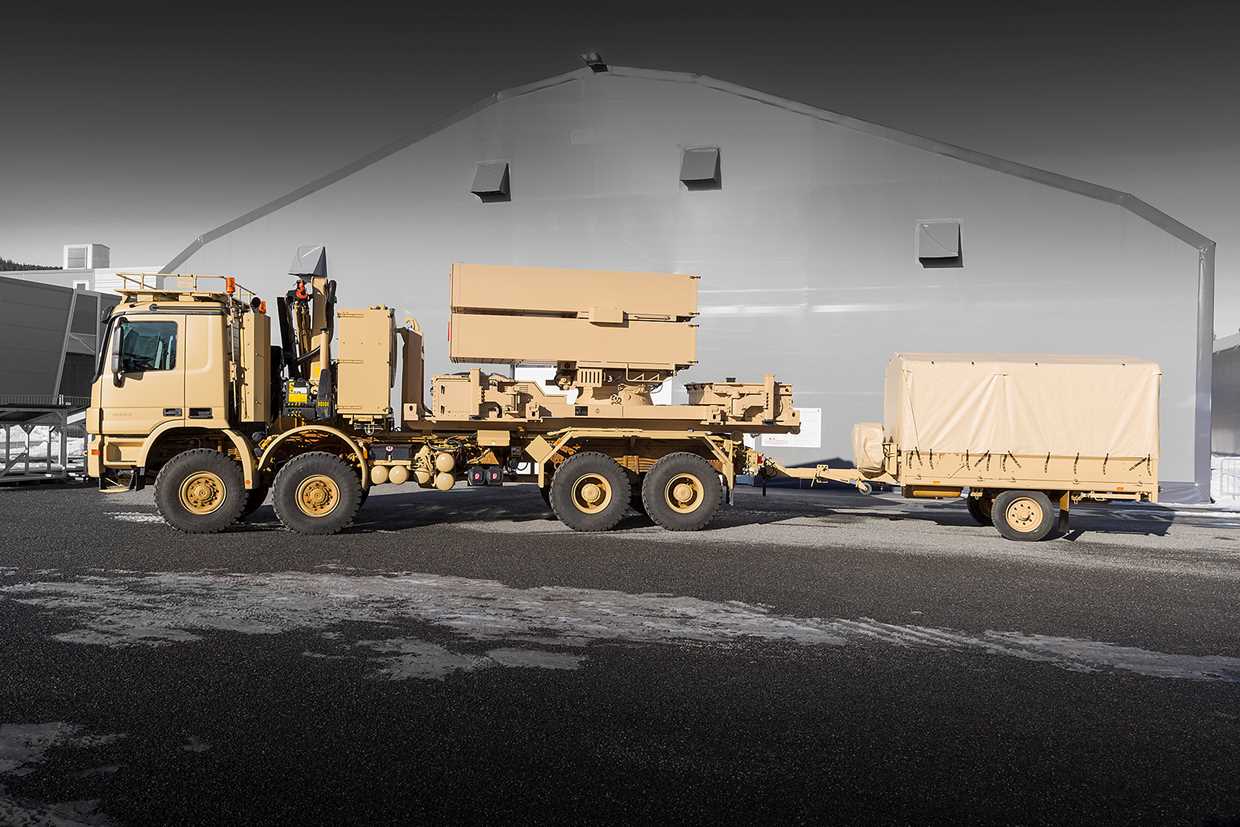
It is for this reason one may surmise that the air defence exercise is meant to simulate RMAF future capabilities. My summation came as the industry is currently talking that the RMAF is to float a tender for MR-SAM next year. Details are sparse but I was told that the SAM system sought are those like K-SAM from South Korea; FK-3 from China, US/Norwegian NASAMS; and the MBDA Aster 30.
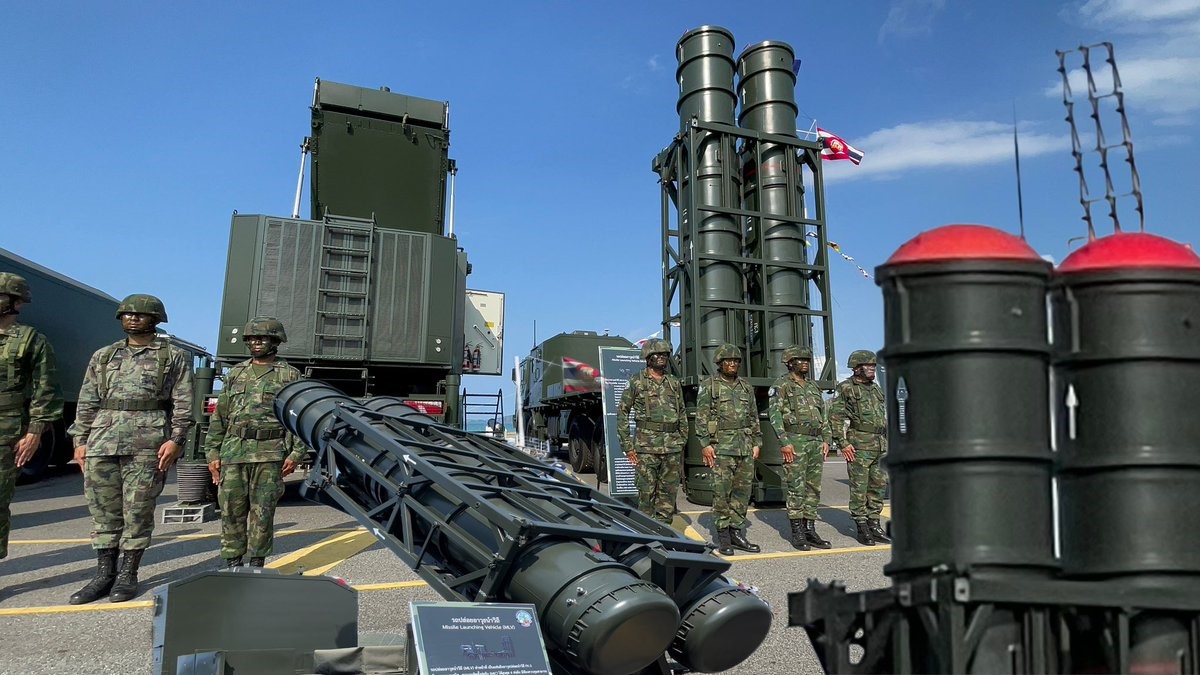
I was not told where the SAM system will be located once procured but from the exercise above, we can guess that it will be RMAF Regional Command 2 or Sabah and Sarawak. Under the CAP 55 Plan, RMAF wants to raise at least one Ground Based Air Defence (GBAD) squadron. Honestly, as they will have three long range radars soon, they should also include two more GBAD squadrons but of course, that too many bridges to cross.
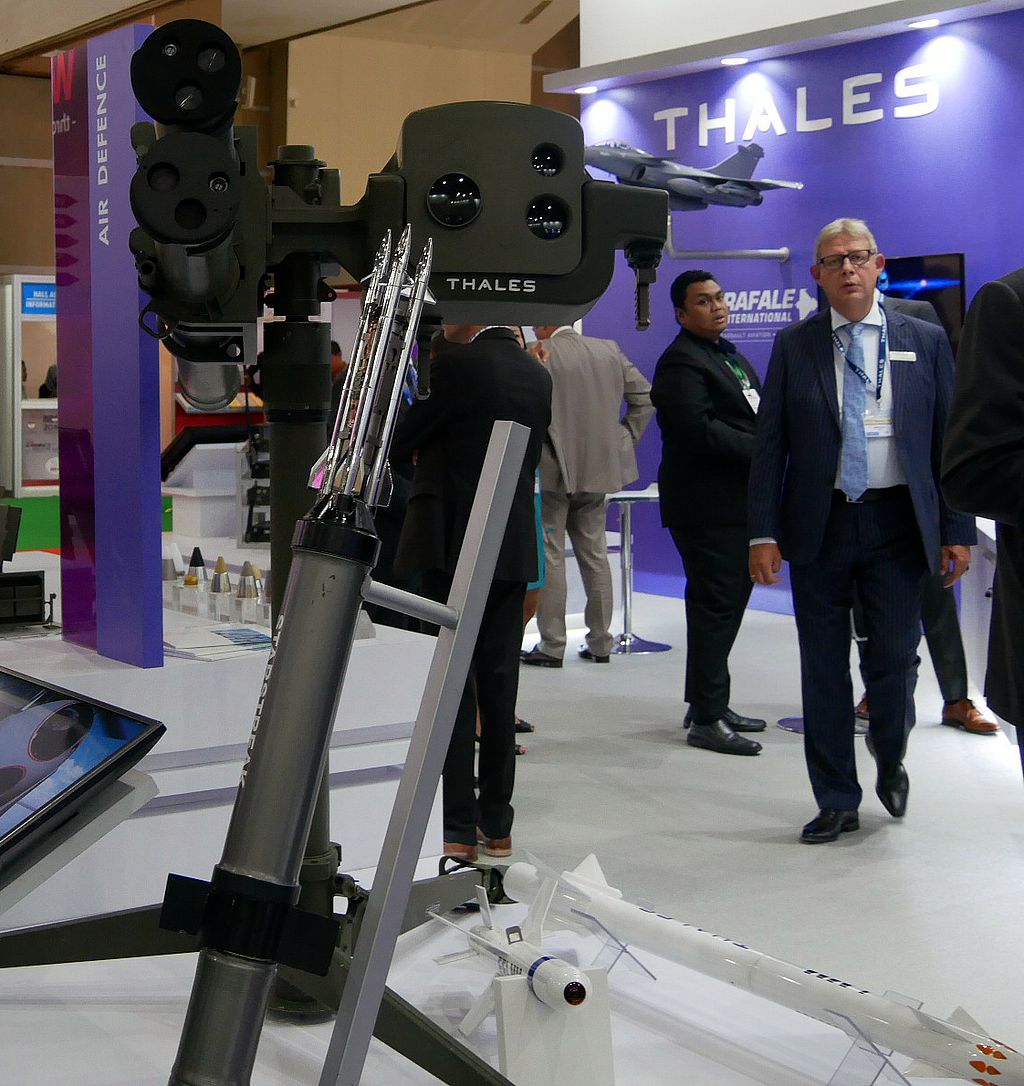
With GAPU based in the peninsula, a similar MR-SAM capability may well be Army-centric here.
— Malaysian Defence
If you like this post, buy me an espresso. Paypal Payment

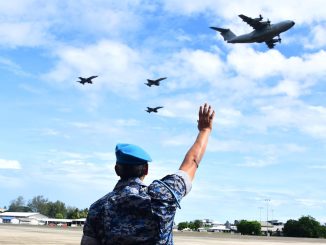
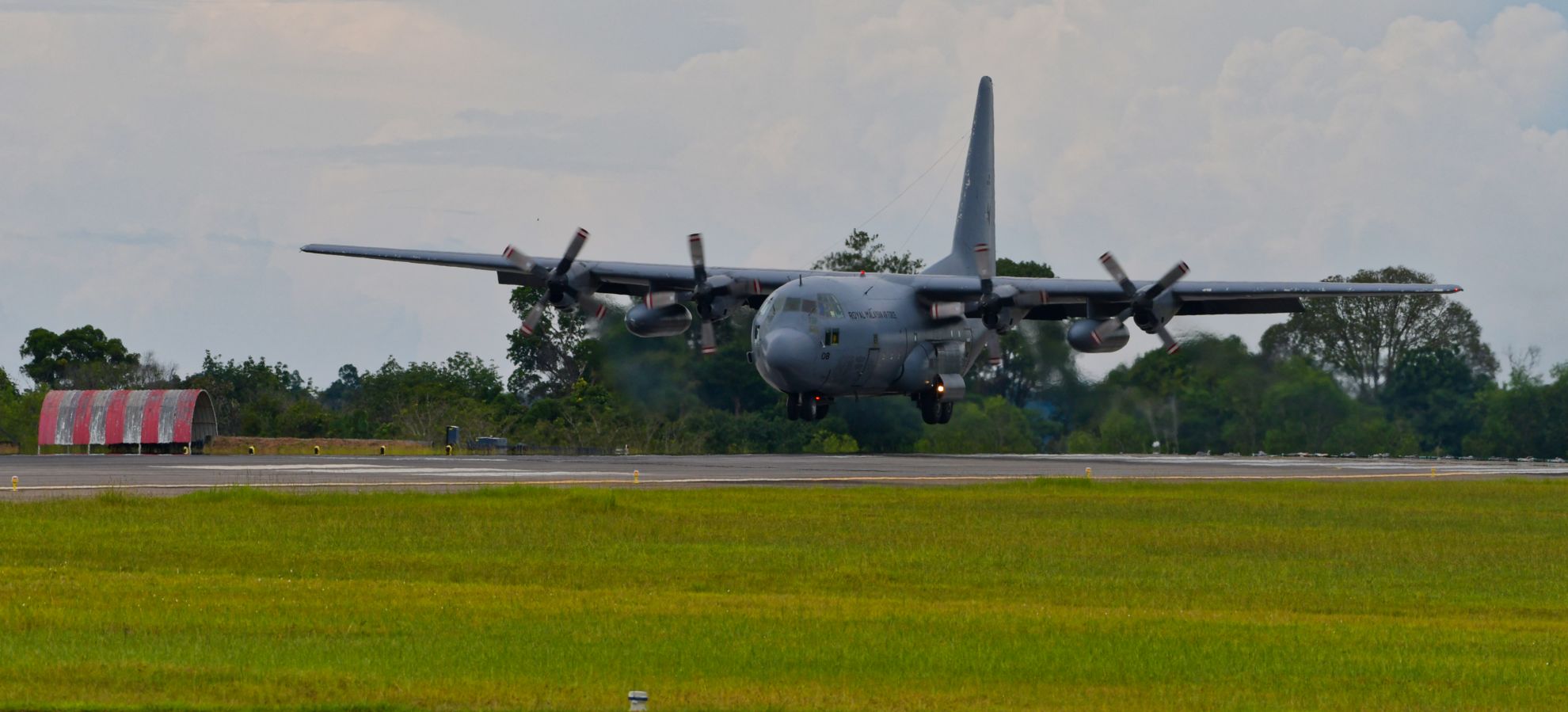
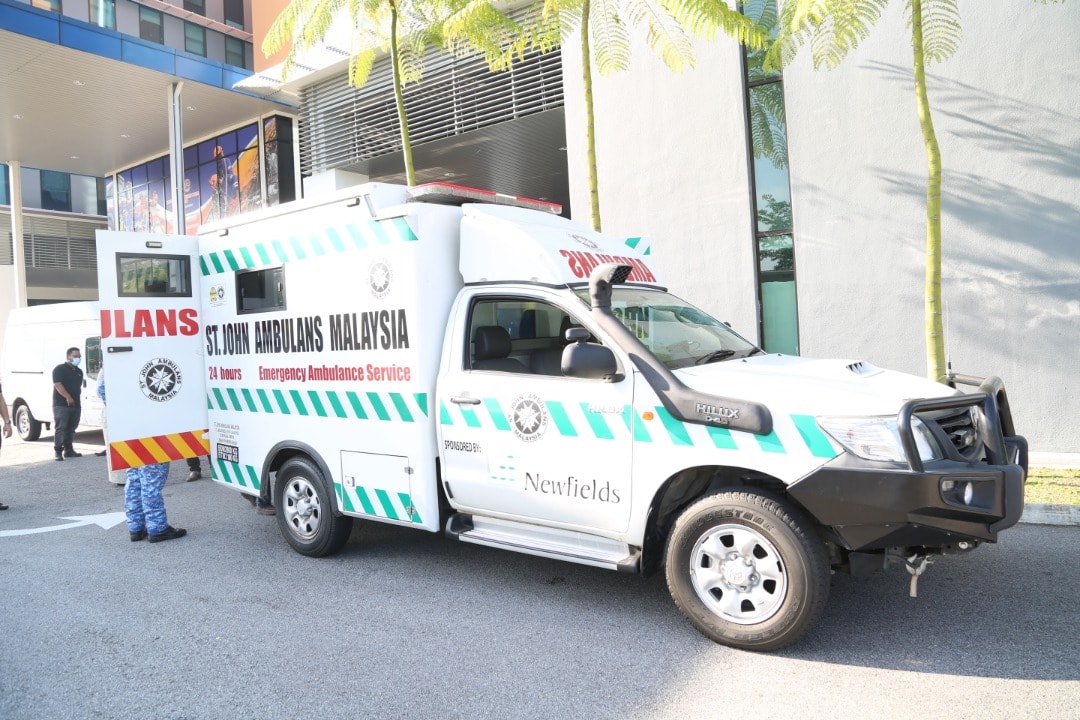
Still long way to go though.Mr M if it is up to you what MRSAM would you choose for the RMAF and GAPU? best bang for buck that tick all minimum requirement boxes?..KM SAM looks potent as i understood that system are developed from/with russians s350 Vityaz system and kinda proven (not battle proven proven but proven in term of sales and service in rok af /army)..Maybe missile commonality will play a huge say in this procurement i presumed?
In term of capability Aster 30 and KM SAM are the frontrunner while NASAM has the advantages of being able to perform both Shorads and MR-SAM role (though not as capable as both Aster 30 and KM-SAM) and we can use existing AMRAAM or AIM-9 missile so we can simplify logistics and get more of the systems to fill both MR SAM requirement and to replace jernas in Shorads role
Personally I would prefer KM SAM although any of these 3 would do just fine. FK-3 is problematic as not only due to China overlapping claim to our EEZ, but also that integrating something that can be considered as strategic asset to our BMS would expose our BMS to potential breach
Since we’re on a Turkish roll, anything from there? Roketsan has their Hisar SAM.
This is just a tabletop exercise, not a physical one.
There is no mention of GAPU, while there is a mention of TLDM. GAPU was supposed to be the lead unit for all malaysian ground air defence “shooters” element.
Those involved
– Skuadron Pertahanan Udara – these are the ground air defence radar squadrons
– Skuadron GBAD – this is the TUDM air defence squadron, probably Skn 401 Kuantan with Starstreaks. TLDM starstreak battery has been disbanded and missiles handed over to GAPU.
– Skuadron penerbangan – self explanatory
– Wakil TLDM
I am those few that actually prefers all the “shooters” element of GBAD to be under GAPU. This reduces any duplication of responsibility in shooting down aircrafts.
As for the type of MR-SAM, i would prefer the missile to be the same as what missile that is to be fitted to the Gowind Frigates. This will simplify and increase operational readiness of both MR-SAM GBAD and Gowind Frigates.
As for the quantity, we should have at least 2 regiments of MR-SAM under GAPU, each with at least 3 batteries. 1 regiment in West malaysia, 1 regiment in East malaysia. Priority air defence area in east malaysia should be the TLDM base in sepanggar, and bintulu petrochemical complex.
hope they choose nasams
It is likely Roketsan will be selected for the tender, if it comes. My list is not inclusive of all SAM system.
I am just putting it there.
Nah, if it ever eventuates, I bet you it’s going to be the Hisar / Siper.
IMHO mid to low range SAM like NASAM or MR SAM, due to the nature of it used case should be done by the army.
Not saying the AF wouldn’t need a GBAD system but it’s more logical for an AF to look at something similar to US army mid range capabilities to supplements & replace some of activities that’s currently being done by fighters jet.
@ darthzaft
why is it “logical” for Royal Malaysian Air Force to look at something that US Army is doing?
To me the “logical” thing is actually for Malaysian Army GAPU to look at doing something similar to US Army mid range capabilities
If mainly for static protection, perhaps india’s akash ng? 50% the cost of comparable western system
In addition to the MR-SAM, maybe they should also consider buying land-based antiship missiles to defend important areas along the coast.
One example is the NSM Coastal Defence System: https://www.kongsberg.com/kda/what-we-do/defence-and-security/integrated-air-and-missile-defence/coastal-defence-system/
@Anon
It is still a system being tested so unlikely. Besides, we don’t have much to gain going with Indian weapons.
Hulubalang “Malaysian Army GAPU to look at doing something similar to US Army mid range capabilities”
Because our army do not have long range radar nor show much interest in long range precisions munision.
Short range should be TDM purview. MR & LR and MA & HA should be TUDM purview. Keep things simple and efficient.
Simple and efficient.
There is no right or wrong for this.
Singapore, for example has everything from RBS70 Manpads to Sypder medium range to Aster 30 long range systems all under RSAF control.
For Malaysia, I would prefer all ground to air shooter to be under GAPU, as it is an existing formation (no need to develop new manpower resources), and keeping it simple, to have all shooters under single command. So the shooters can be just 3
– anti-air capable fighters under TUDM
– anti-air capable ships under TLDM
– anti-air ground units under GAPU TD
If there is 2 units on land, then there will be overlap, wrong calls for shot (for example calling GAPU to act when actually there is TUDM GBAD in that area, or need to call 2 different command to ask for ceasefire). It is better if there is just 1 user for all GBAD systems. Less things that can go wrong.
@ h
Anti-ship shore batteries. Yes it would tie well into our littoral defence capability. A NSM shore regiment would compliment well our current Rocket Artillery Brigade of ASTROS II regiments.
ASTROS II is not quite advanced as HIMARS or the Chunmoo, but getting those new MLRS is not a substitute for real coastal anti-ship missile capability like the NSM shore batteries.
https://www.kongsberg.com/globalassets/kongsberg-defence–aerospace/2.1.-products/defence-and-security/integrated-air-and-missile-defence/coastal-defence-system/pictrue-1-fyring.jpg
Not really.
Long range SAM like mid range capabilities are a substitute & complement to the fighter jet to perform strategic strike. Shorter range SAM like NASAM follow the army formation around.
If the AF is incharge of system like NASAM substantial amount of personnel & ground vehicle is needed to be acquired to follow the army around while if the Army is incharge of long range system like MRC they need long range radar, & plenty of ISTAR assets. Asset that the AF mostly already possessed.
Strategic strike?? Using SAM?? What are you talking about??
Take USA for example. All long range air defence radar is operated by USAF. But all the patriot missiles are operated by the US Army.
@hulubalang
“There is no right or wrong for this.”
Indeed but when resources are so limited we have to make things efficient and maximise the value for money we spent. Too much overlaps is a waste.
We cant take SG as an example as they have a far much smaller land mass to cover, as it is even short range SAM is nearly as effective coverage there as MR is in our context.
We have both sizable maritime waters and land on both sides. So any SAM doctrine have to consider both domains either as separate or as a whole.
@ joe
Correct.
With our small resources, we cannot afford to have a lot of overlapping tasks. This applies to GBAD, EEZ patrolling, and even our SF tasks. There should be only 1 service that becomes the primary PIC of a specific tasking. Each service should not be allowed to spend CAPEX to buy stuff specifically to do their secondary taskings.
There is a lot of savings that can be had if we reduce overlapping tasks, and of course there will be a lot of little napoleons that will be sacrificed in the process.
Im all for doing away with role duplication and having increased jointness but having GAPU being in charge of all AD assets is unrealistic and ignores various realties; a GAPU Regiment responsible for Gong Kedak or Sepanggar [both under different services]? In the real world C2 and chains of command are realities. What we could possibly do is copy the Indian approach; i.e. in the 1980’s it was decided that the army would be responsible for all threats up to a certain feet [IIRC it was 15,000] and beyond that it would be an air force responsiblity.
It’s simply not realistic to have one entity; whether GAPU or the Beastie Boys; in charge of all AD assets. Lots of practical issues at play and as I never tire to point out; there are inter service; funding; parochial and C3 issue at play. If it was up to me; any long range system would be RMAF operated for the simple reason that the RMAF has the primary search radars which can be liked to the AD systems. It’s also for a reason that the RMN – on paper – has had a requirement for a medium range system for a while now; under RMN control such a system does away with the need to rely on another entity and makes C3 easier.
Doing away with role duplication and increasing jointness [we still have a long way to go] is sound but there are limits …
No issues of GAPU defending AFB or Naval Base as defending an installation is no different, no matter if it is a port, an oil refinery, a hydroelectric dam, an airport, naval base nase or air base.
Dividing tasks by airspace height is also difficult as an enemy aircraft might attack at low level but releasing standoff missiles at ranges beyond the reach of point defence Shorads.
…
So you say on paper [like many things] but in reality if GAPU assets are the to be used to permanently defend non army installations; as opposed to an ad hoc arrangement; there are issues and I’ve alluded to them and which yiuvseemingly overlook. …
So you say on paper [like many things] but in reality if GAPU assets are to be used to permanently to defend non army installations; as opposed to an ad hoc arrangement; there are issues which I’ve alluded to them and which you seemingly overlook. There are reasons why the services have a need for similar capabilities at times; it’s not for fun but for operational and practical reasons.
As for the SHORADs issue you brought up; that’s why on sport there is a need for a layered defence; i.e. Starstreak to deal with low flying manned and unmanned targets; MICA tobdeal with one’s flying at higher altitudes and at greater ranges and ASTER 30 to deal with other types of targets. The attack on ARAMCO facilities and events in Libya and other countries levels highlight the need for a layered defence and limitations placed on AD systems when placed in stand alone arrangements in circumstances ill suited for them.
As for the SHORADs issue you brought up; that’s why there is a need for a layered defence; i.e. Starstreak to deal with low flying manned and unmanned targets; MICA tobdeal with one’s flying at higher altitudes and at greater ranges and ASTER 30 to deal with other types of targets. The attack on ARAMCO facilities and events in Libya and other countries levels highlight the need for a layered defence and limitations placed on AD systems when placed in stand alone arrangements in circumstances ill suited for them.
BTW doing away with role duplication and inter service parochialism is exactly why all MALEs and longer range UASs must in the future be operated by a joint UAS Command but this is different from insisting that one service should operate all AD systems …
@hulubalang
“Dividing tasks by airspace height is also difficult”
Its no different if it were under a single entity as you proposed. This is more a matter of who detects first should be able to have first shots and TUDM being equipped with longer range and higher angle of detection should be in charge of MR & LR and MA & HA. Those which penetrated this layer would have to go lower and real close to the target which will be protected by TDM. Which comes back to my point of keeping simple and efficient.
@ joe
sensors are just that, sensors.
with current data management softwares run on commercial tablets, multiple sensor data can be combined to show a single overall battlespace picture.
It has been done in Ukraine.
https://twitter.com/RALee85/status/1579972596200017921
Army focus on protection. Air Force focus on control. Navy is both protection and control. Army knows what it is protecting (e.g., key infrastructure, command and control, bases, ground forces, administrative centres) has to be destroyed, so more equipment and ammunition is better because. Air Force priorities airspace control. Having the ability to see 500km away and fire a 300km surface to air missile and pair the radar and SAM with fast jets makes the airspace highly contested. This imposes constraints on the enemy’s plan – as opposed to a naked airspace. To achieve that you don’t need to have a lot of assets dispersed across many locations. Navy does both. It needs air defense to protect the fleet. At the same time, ships with surface to air (and ship to ship) missiles create a contested zone around them that constraints enemy plans.
“multiple sensor data can be combined to show a single overall battlespace picture”
We aren’t there yet, FYI. At least not in the truest sense where such is seamless and plenty of redundancy.
@ joe
“At least not in the truest sense”
If Ukraine with the rojak of GBAD systems can do it on an app run on consumer-grade tablets, why can’t we?
Software-wise, we live in a vastly different world than say 10-20 years ago. Rather than dedicated software that can run only on very specific hardware, apps can be downloaded and run on virtually any capable processing unit. Just look at our current ride-hailing or food delivery apps. They are probably more advanced than many dedicated air defence C3I systems.
If we have the will, it can be done.
…. – ”it has been done in Ukraine.”
Yes it has but does that mean it will be done here? As it stands there is a whole list of things we can and should have done but haven’t.
…
Also, the fact remains that most of the Western AD systems provided are operating stand alone and are not integrated per see [at least not electronically] to the Ukraine’s existing Soviet era AD network.